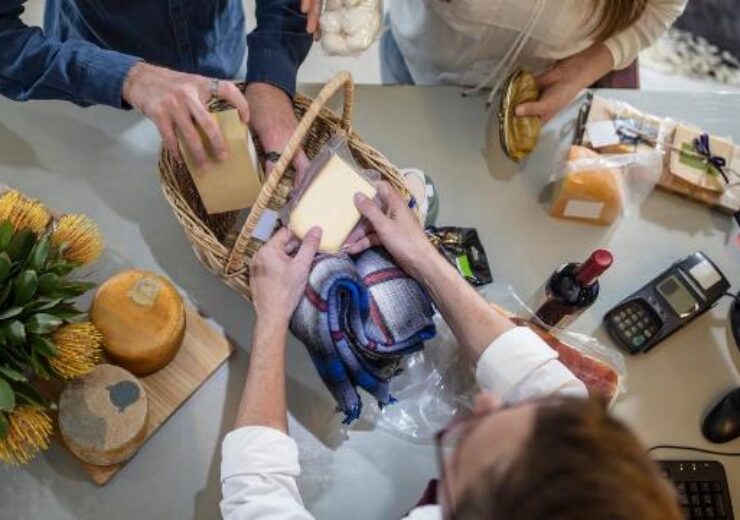The firm’s proof of concept has demonstrated that PVDC, used in various applications such as food, beverage and healthcare multilayer barrier packaging, can be recycled

Solvay has developed new process for PVDC food packaging recycling. (Credit: Solvay)
Solvay, a Belgian science firm that offers materials for food packaging, has announced a new process for the recycling of polyvinylidene chloride (PVDC) food packaging.
The company’s scientists have carried out a proof of concept, which demonstrated that PVDC can be recycled.
PVDC is used in various applications, including food, beverage and healthcare multilayer barrier packaging, across the world.
The proof of concept consisted of a process to recycle Ixan PVDC bioriented film from a post-industrial waste source from food packaging without affecting the performance of the high barrier polymer.
Solvay stated that the initiative is a significant step towards more sustainable and circular packaging applications, and holds the potential to launch other initiatives such as recycling post-consumer packaging containing PVDC.
Solvay packaging segment and sustainability global marketing manager Claire Guerrero said: “The proof of concept developed by our research team is a solution for PVDC packaging circularity.
“It shows there is a possibility to reintegrate the recycled polymer into future applications, meaning it can be re-used and re-blended with virgin materials – without losing or degrading its high barrier properties.
“It goes without saying that setting a global PVDC recycling stream is a huge task, so we are therefore inviting our fellow companies to work alongside us to introduce a way to recycle PVDC across the globe.”
Solvay is also urging fellow companies operating within the plastics industry to work together for the turning of the recycling of PVDC into reality.
The infrastructure has to be designed suitable for the collection and segregation of packaging containing PVDC, said the company.
Solvay also noted that its speciality polymer’s ability to provide a strong barrier against water, oxygen and aromas making it use in essential applications to preserve food and minimise waste.
